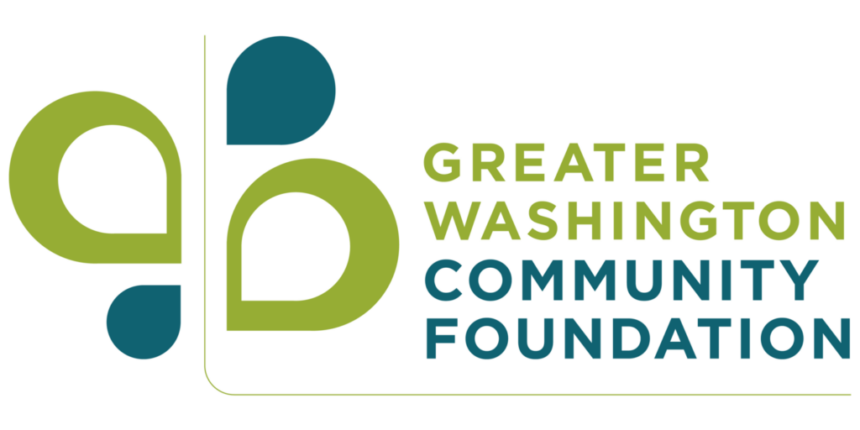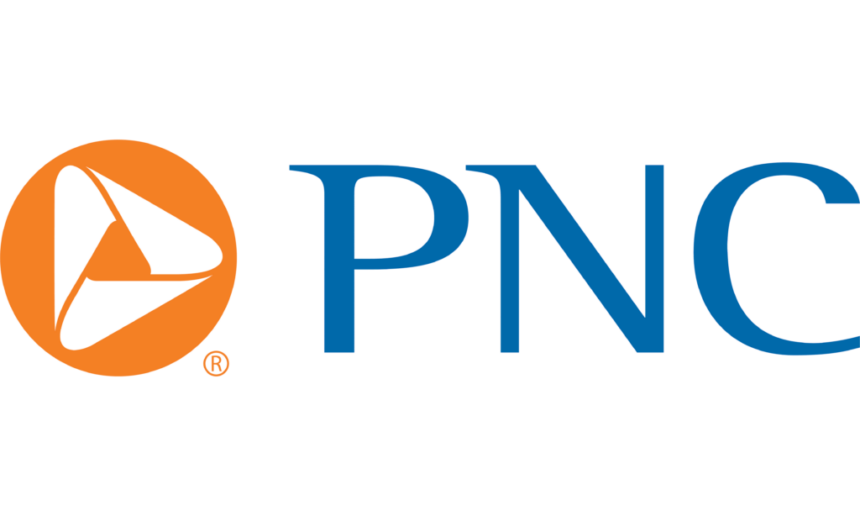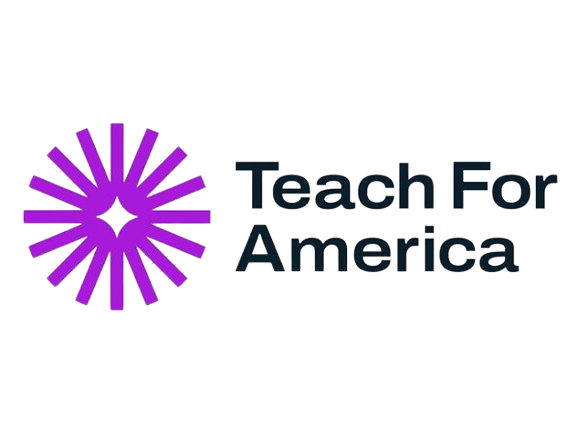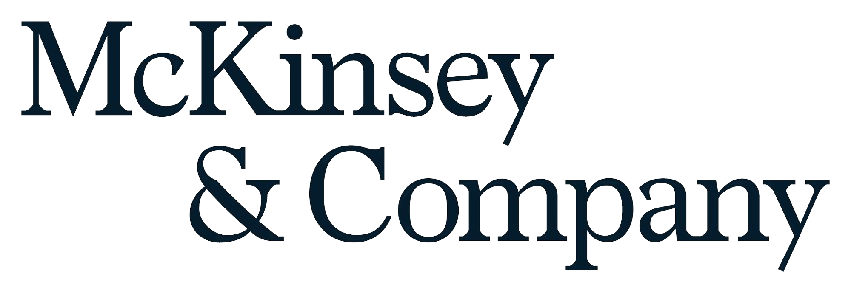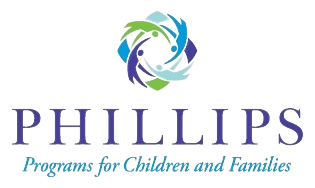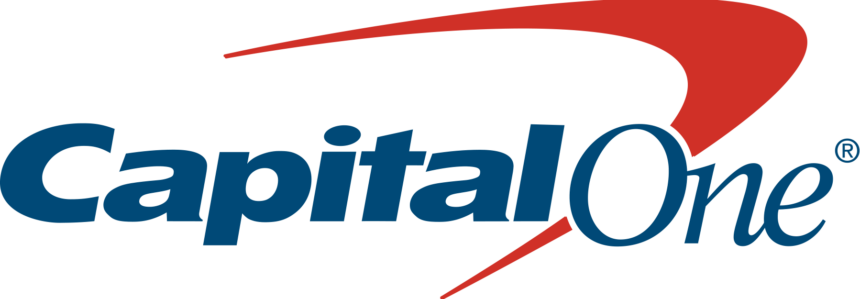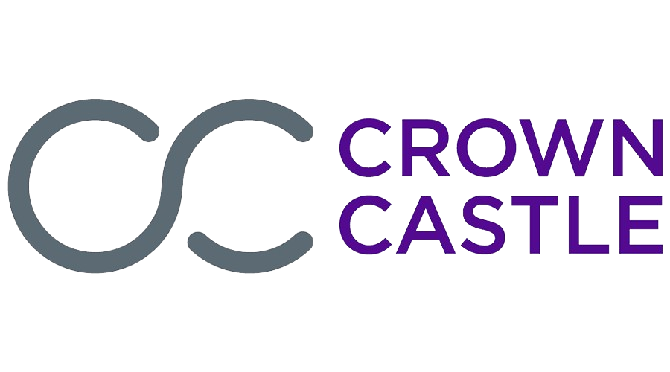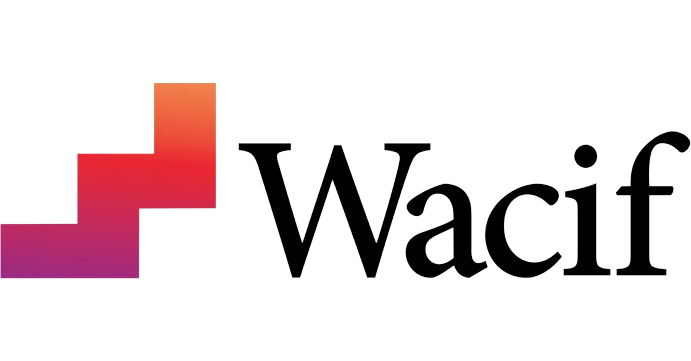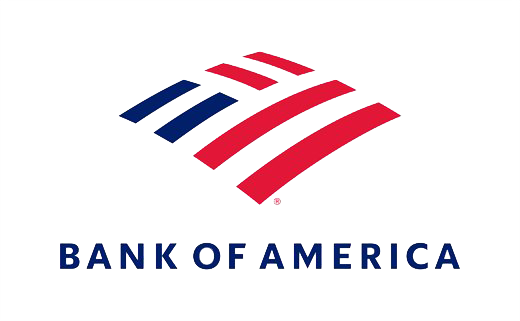What Employers Need to Know About Neurodiversity
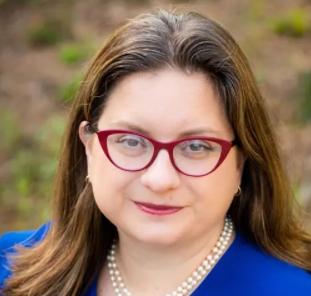
Corporate diversity, equity, and inclusion (DEI) leaders must consider how their organization can best appreciate and accommodate our differences, including differences in how our minds operate. We interviewed Larysa Kautz, President & CEO of Melwood to learn more about neurodiversity and what it means to employers.
What does the term “neurodiversity” mean, and why is it an important concept for CEOs to understand?
“Neurodiversity” is the recognition that we all learn and process information differently.
Any CEO interested in innovation is well served by understanding neurodiversity. A Melwood participant once described her autism as having a brain that worked on a different operating system. Several studies note that people with autism often benefit from hyper focus, enhanced pattern recognition, improved memory, and strong mathematical thinking. Who better to offer creative ways to solve a problem or offer new perspectives?
How would you rate the DC area business community’s current treatment of neurodiversity? What have you seen from business leaders in our region?
The DC area business community has a lot to be proud of. There is a strong sense that businesses in this area want to embrace inclusion and neurodiversity.
The private sector has been a great partner in helping us build better training programs to prepare people with disabilities for the careers of the future. We partnered with Cybrary, a cybersecurity training firm based in College Park, MD, to develop abilIT, a technology training program that teaches technical and soft skills to help participants build lifelong careers as competitive technology professionals. Now, close to a dozen companies and organizations – including GDIT and MITRE – have not only hired program graduates but have joined the KPMG/Melwood Industry Council to provide feedback to help us improve, scale up, and sustain our model.
We are still a long way from solving the unemployment and underemployment of people with disabilities, but it is clear that DC-area business leaders are stepping up to do their part.
What does it look like for a company to lead on neurodiversity? What actions are most important?
The most important thing a company can do is to establish a diversity policy that includes all abilities and actively recruit from this talented pool of eager candidates. In our experience, having a coordinated approach that includes human resources, diversity and inclusion leads, and the project leads for the departments in need of talent helps streamline the hiring process. Engagement by an executive champion also makes a big difference because they can encourage key people to come to the table and make neurodiverse hiring a priority.
Providing proper accommodations, like natural lighting, workspaces that reduce sensory violations, noise blocking, accessible technology, and assistive devices, is also important, and not as difficult or expensive as you may think. Recent data from the Jobs Accommodation Network shows that the average investment is around $500 per employee who needs special accommodations.
Resources exist to help companies rate and improve their inclusion of neurodiverse talent. The Disability Employment Index (DEI) scores a corporation’s inclusiveness on a scale from 0 to 100. The index measures a wide range of criteria within six categories, including culture and leadership, enterprise-wide access, employment practices, community engagement, supplier diversity, and non-U.S. operations. More importantly, it provides a framework for companies to follow so they can understand what kinds of practices they can adopt to be more inclusive.
The Autism at Work Roundtable Playbook is another great resource for companies beginning their own inclusive hiring journey.
What public policies have improved employment rates for people with disabilities?
The Americans with Disabilities Act was passed 30 years ago. This sweeping legislation sought to end the discrimination, exclusion, and isolation so many people with disabilities were experiencing at the time. The laws created by the ADA were designed to help people with disabilities overcome the physical barriers to success – through things like wheelchair ramps and curb cuts – while also trying to reduce disability stigma and create new opportunities for employment.
More recently, the U.S. federal government established the AbilityOne program to bring more people with disabilities into the federal workforce. The AbilityOne Commission oversees nearly $3B worth of federal contracts set aside for people with disabilities. Recently, the program called on 24 federal agencies to pledge 1% of their funds to AbilityOne contracts, with an increase to 1.5% in FY22. These and other initiatives that the Office of Federal Procurement (OFPP) is implementing will result in new jobs for thousands of people with disabilities.
Unfortunately, there are also federal policies that have allowed people with disabilities to be paid less than minimum wage. Section 14(c) of the Fair Labor Standards Act (FLSA) was created in 1938, at a time when people with disabilities had no civil rights and were segregated from mainstream society. Melwood does not agree with the discriminatory practice of 14(c) and, in 2016, voluntarily relinquished our 14(c) certificate and over the next several years successfully advocated for the elimination of the practice in Maryland. However, currently there are only a handful of states that have abolished this practice and we are working to eliminate it at the federal level.
There is a lot of research showing that diverse organizations perform better than more homogenous ones. Does this extend to organizations that accommodate neurodiversity as well? Is there a business case to doing this work?
There is definitely a business case for disability inclusion and embracing neurodiversity.
61 million adults in the United States live with a disability according to the CDC and 1 in 54 children are diagnosed with autism each year. We are talking about a large population full of talent and unique strengths. Businesses can’t afford to overlook this group as consumers or talent.
In 2017, the Harvard Business Review made the case for Neurodiversity as a Competitive Advantage, stating that neurodivergent people “bring new perspectives to a company’s efforts to create or recognize value.”
It is widely accepted that organizations benefit from a diverse workforce. A variety of employee backgrounds and cultures brings a range of ideas, solutions, and proposals to a company. The same thought process should be applied to hiring neurodiverse workforces.
The neurodiverse population remains a largely untapped talent pool, the Harvard review notes, but tech companies like SAP, Microsoft, Dell Technologies, IBM, and more have either started or are exploring ways to expand the neurodiversity of their workforces where those business lines are a good fit for neurodiverse talent.
As a result, these companies are finding benefits from these programs, including higher productivity, improved corporate communication, higher employee engagement, lower turnover, higher employee morale, and more.
Historically, companies have held the view that “it’s easier to fit people together if they are all perfect rectangles,” the review states. “But that requires employees to leave their differences at home – differences firms need in order to innovate.”
A 2018 report by Accenture looked at 45 companies that created new specialized disability policies and practices. The data revealed that those 45 companies achieved, on average, 28% higher revenue, double the net income, and 30% higher economic profit margins over the four-year period analyzed, compared to other companies in the sample. According to that study, companies should participate in “cutting-edge disability recruitment, hiring, and on-boarding strategies – not as charity or marketing, but because it serves their bottom line.” Additionally, the Department of Labor found that employers who embraced disability saw a 90% increase in employee retention.
How has COVID impacted disability employment?
On paper, COVID-19 has set the disability employment movement back by nearly a decade. In 2019, when national working age unemployment was at a record low of 3.5%, the unemployment rate for people with disabilities was also at a record low of 7.3% – down from nearly 15% a decade ago. In 2020, the unemployment rate for persons with a disability stood at 12.6%, an increase of 5.3 percentage points from the previous year, according to the Bureau of Labor Statistics. Their jobless rate continued to be much higher than the rate for those without a disability.
But COVID-19 has also provided reasons for optimism about the future. For example, employers are now more open to workplace flexibility and accommodation. To survive the impacts of COVID-19, many companies had to fundamentally re-think how they operate so they could enable their employees to be productive and succeed. Telework and flexible schedules – both commonly requested workplace accommodations – are now the norm in many sectors. Smart employers are going to recognize that figuring out how to accommodate their workers is key to survival. There is no going back – embracing workplace accommodation will be the silver lining of COVID-19.
About Melwood
Melwood is an AbilityOne nonprofit agency with more than 1,600 employees, nearly 1,000 of whom have a disability. For more than 57 years, Melwood has served adults and children with disabilities through job training and placement, day services, inclusive summer camps, healing retreats for injured veterans, as well as direct employment through more than 60 federal contracts in the greater Washington, DC area.
About Larysa Kautz
Larysa Kautz serves as Melwood’s President and & CEO. Prior to becoming CEO, Kautz had served as a vital part of Melwood’s executive leadership for more than seven years as Melwood’s first In-house General Counsel, Chief of Staff, and founder of Melwood’s Advocacy Department.
About the AbilityOne Program
The AbilityOne Program is made up of approximately 600 nonprofit organizations like Melwood across the United States that employ more than 45,000 people with disabilities who provide quality products and services to the Federal Government.
Become a member today
We need your voice at the table to make Greater Washington a place where everyone can succeed



